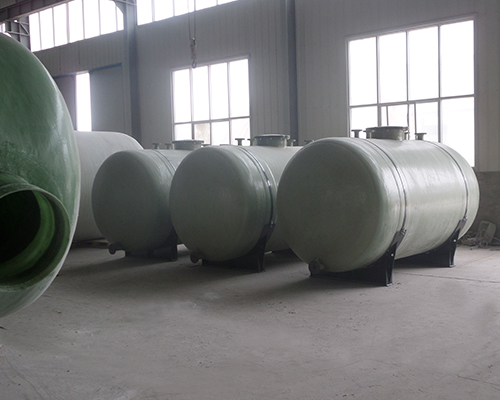Features of underground oil tank
The characteristics of underground oil tanks Compared with the above ground oil tanks, the underground oil tanks have the following differences: the above ground oil tanks are free from soil corrosion, have a long service life, are convenient for construction and maintenance, have less investment, and are easy to inspect, but have a sense of insecurity, cannot be located in urban areas, and cover a large area, with more fire-fighting equipment. The underground oil tanks have reliable fire and explosion prevention capabilities because they are set underground, which shortens the safety distance between oil tanks and adjacent buildings, saves land resources, and reduces the total cost of the project. Moreover, the construction is fast and the fire-fighting equipment is simple, but the storage tanks have to bear the pressure of covering soil Unfavorable factors such as groundwater buoyancy and soil corrosion, as well as shortcomings such as difficult to find and inconvenient maintenance in case of leakage.
Application of Buried Oil Tank
The horizontal oil tank of the gas station is buried safely. According to the statistics of relevant survey data at home and abroad, even if the oil tank is on fire, it is easy to put it out. In addition, compared with the ground oil tank, the buried oil tank occupies a small area. Because it does not need to set fire dike, it saves the floor area of fire dike. When necessary, the oil tank can be buried under the refueling site and driveway to occupy no or less land. In addition, because the buried tank is relatively safe, and the required distance from other buildings and structures is also small, it can also reduce the floor area of the gas station. On the other hand, it also avoids that the ground tank must be equipped with cooling water, and that the oil tank is exposed to ultraviolet radiation and the temperature changes greatly, resulting in large oil evaporation and loss.

